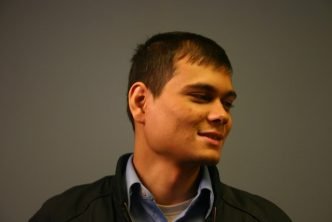At the Sherrill House Rehabilitation and Retirement Center in Boston, MA, music therapist Dianne Tow and her interns use a variety of therapeutic interventions to treat physical and psychological dysfunctions-though not every method has been supported by rigorous scientific research. With current technology in the fields of neuroscience and psychology, the effectiveness of most therapies is difficult to quantify. Most of the progress has been made for methodologies targeting physical limitations. The two therapies with the strongest documentation are rhythmic-auditory stimulation (RAS) gait training and melodic intonation therapy (MIT). RAS gait training is typically used to treat patients with Parkinson’s disease or some kind of mobility loss caused by brain damage. Parkinson’s disease attacks a person’s motor system, and RAS gait training re-stimulates the motor system with music, specifically sound with rhythmic qualities. MIT is used to treat certain kinds of speech loss caused by brain damage in the left hemisphere. Speech is housed in specific organs, primarily in the left hemisphere, but music processing is dispersed throughout both halves of the brain. If the main language enter is compromised, the music neural network can be reworked through multiple therapeutic sessions to help relatively unused language centers in the right hemisphere to develop and grow the connections necessary to produce speech again. Other music therapies that target emotional and psychological dysfunctions appear to have positive effects, as observed by family members and therapists, but science is not yet satisfied. Human musicality and music’s direct effects on our health remain mysterious, but the complexities that have been unraveled thus far with gait training and melodic intonation hold a positive note of hope for the future.
Take Two Notes and Call Me in the Morning: The Science of Music Therapy

Human musicality and music’s direct effects on our health remain mysterious, but the complexities that have been unraveled thus far with gait training and melodic intonation hold a positive note of hope for the future.




